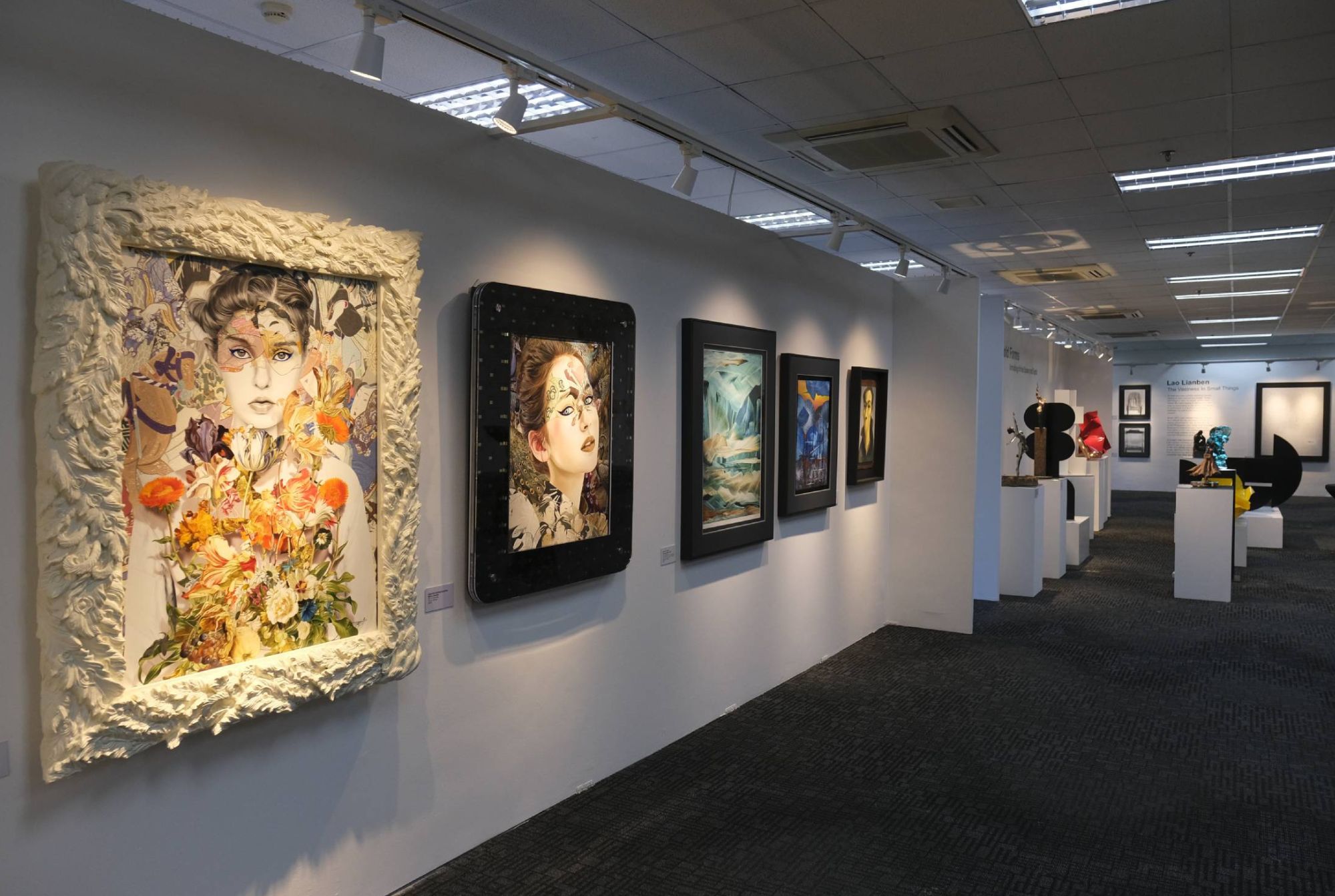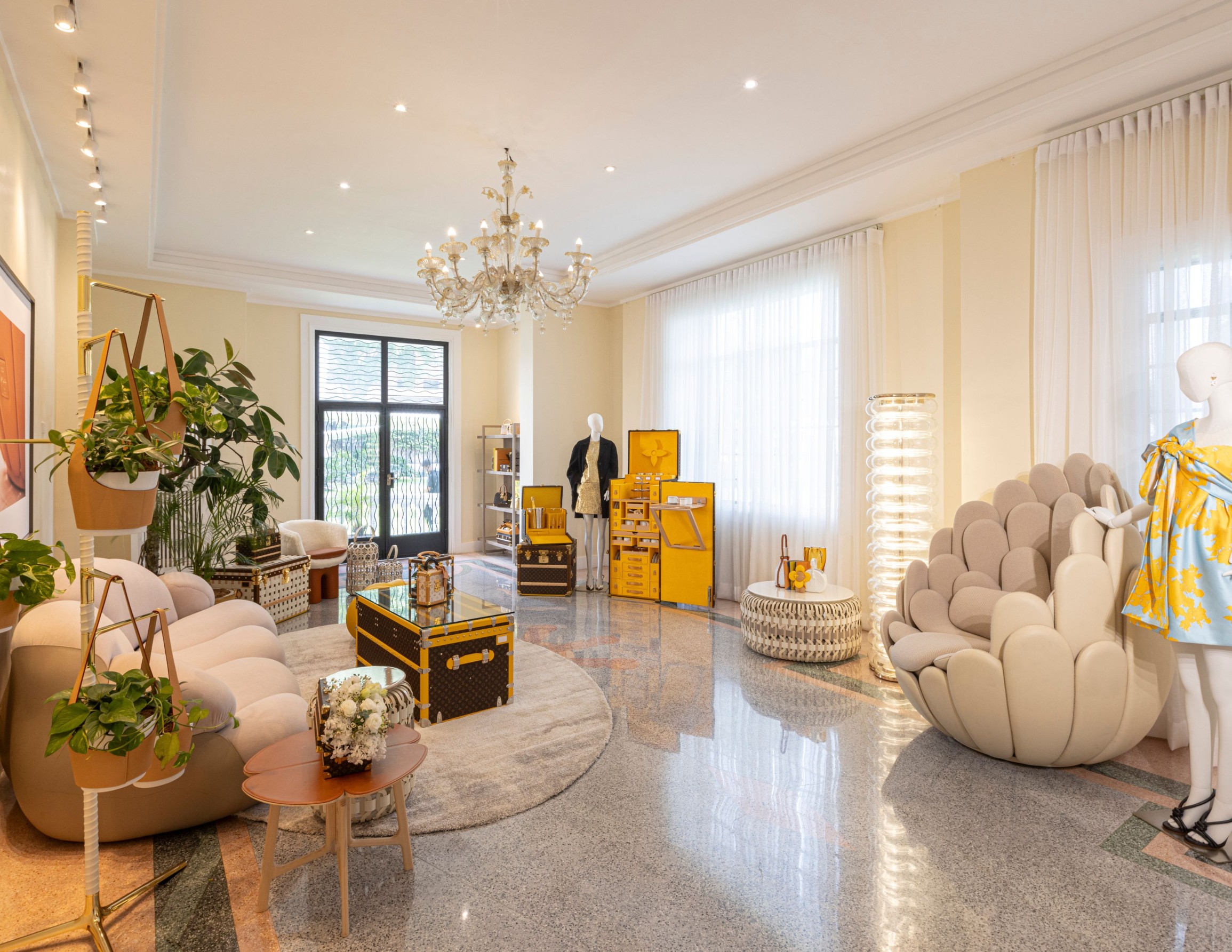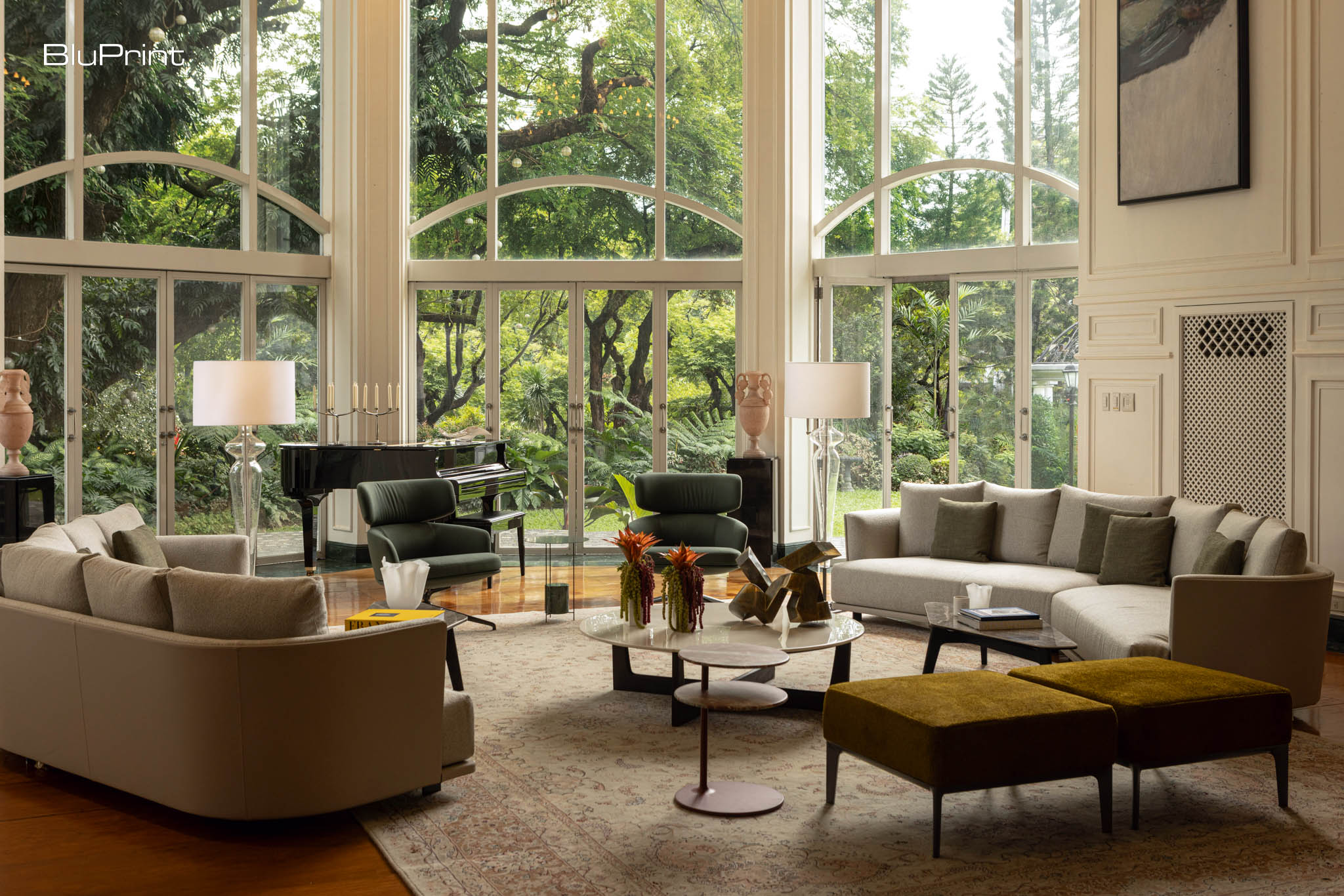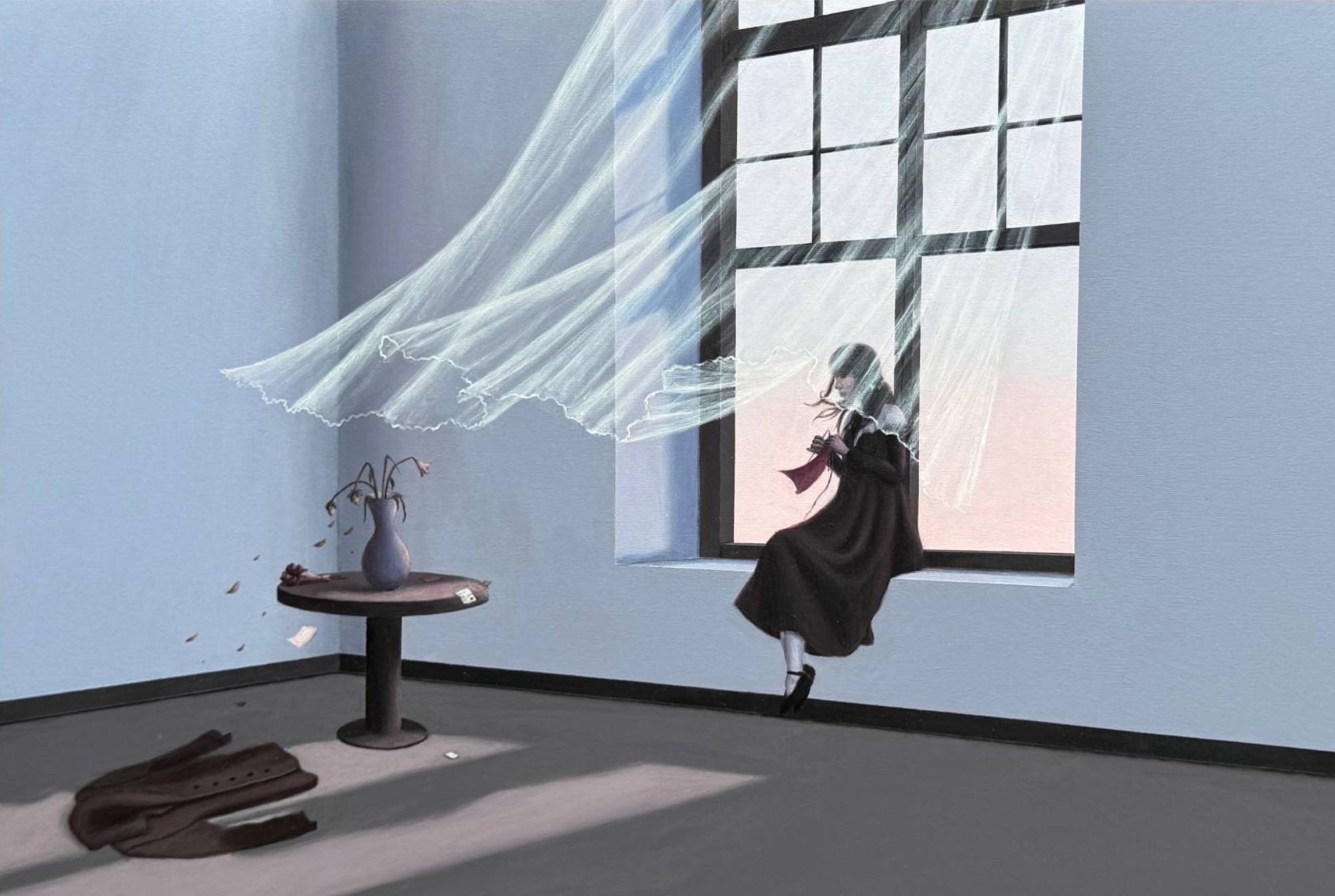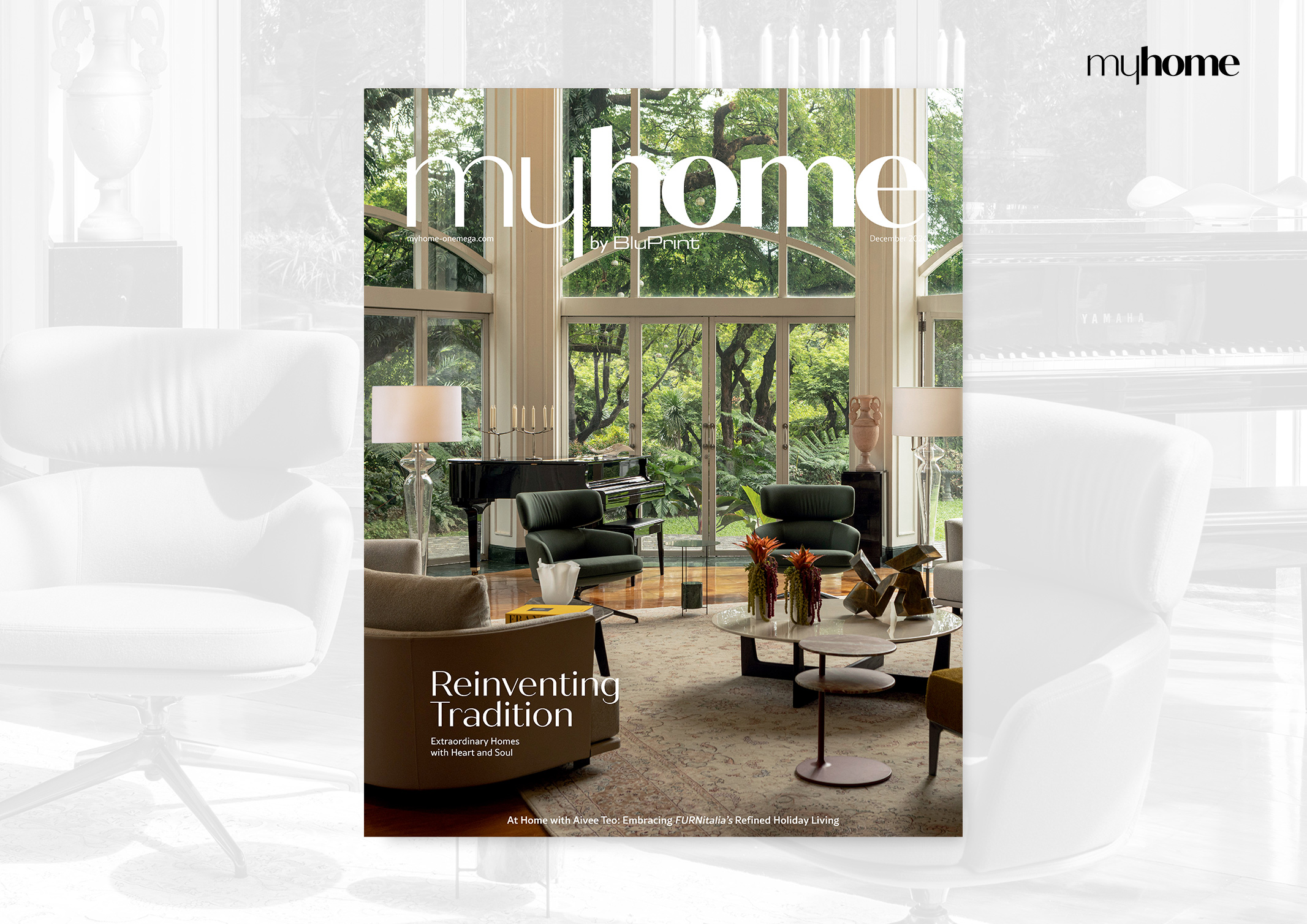The ICA Art Fair happened from November 21 to 23 at W High Street in Bonifacio Global City (BGC). This inaugural art fair was organized as a charity event for the benefit of the ICA Alumni Association Scholarship Foundation. “This one-of-a-kind charity event will feature a curated selection of leading contemporary artists, displaying works across […]
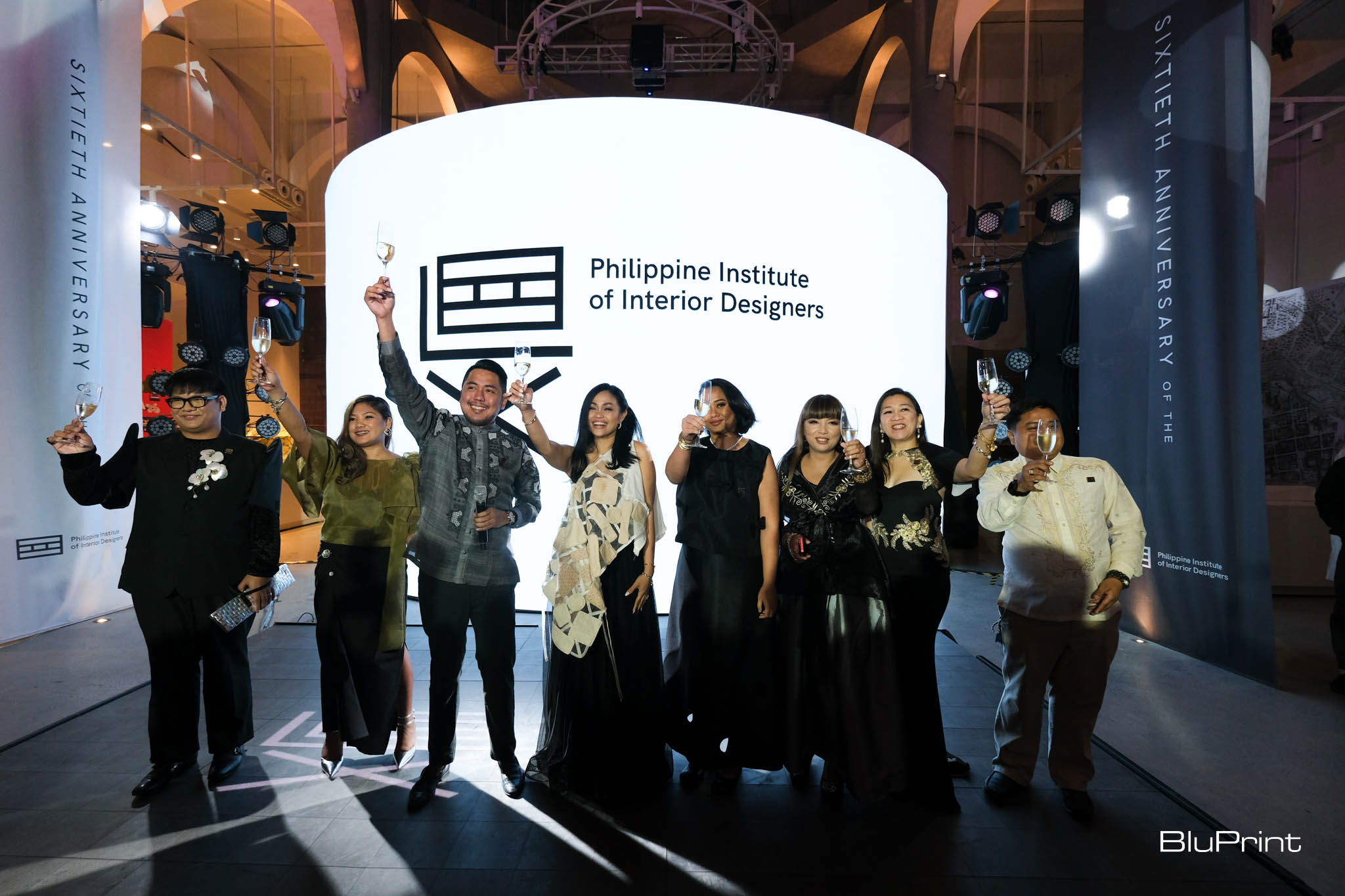
PIID Celebrates 60th Anniversary, Shares Milestones, Insights, and Future Plans
The Philippine Institute of Interior Designers (PIID) celebrated its 60th Anniversary last October 5 at Centro de Turismo in Intramuros, Manila. Interior designers, architects, suppliers, and various industry partners attended the event held at the old San Ignacio Church, which PIID rehabilitated and transformed into the country’s tourism center.
“In Chinese tradition, 60 years is considered one life cycle. So, we are celebrating one cycle of the history of PIID—all the achievements from the people who started it, the brilliant designers of the Philippines, who thought of creating an organization that will bring life to Filipino interior design,” Paolo Castro, PIID National President, said in his opening speech.
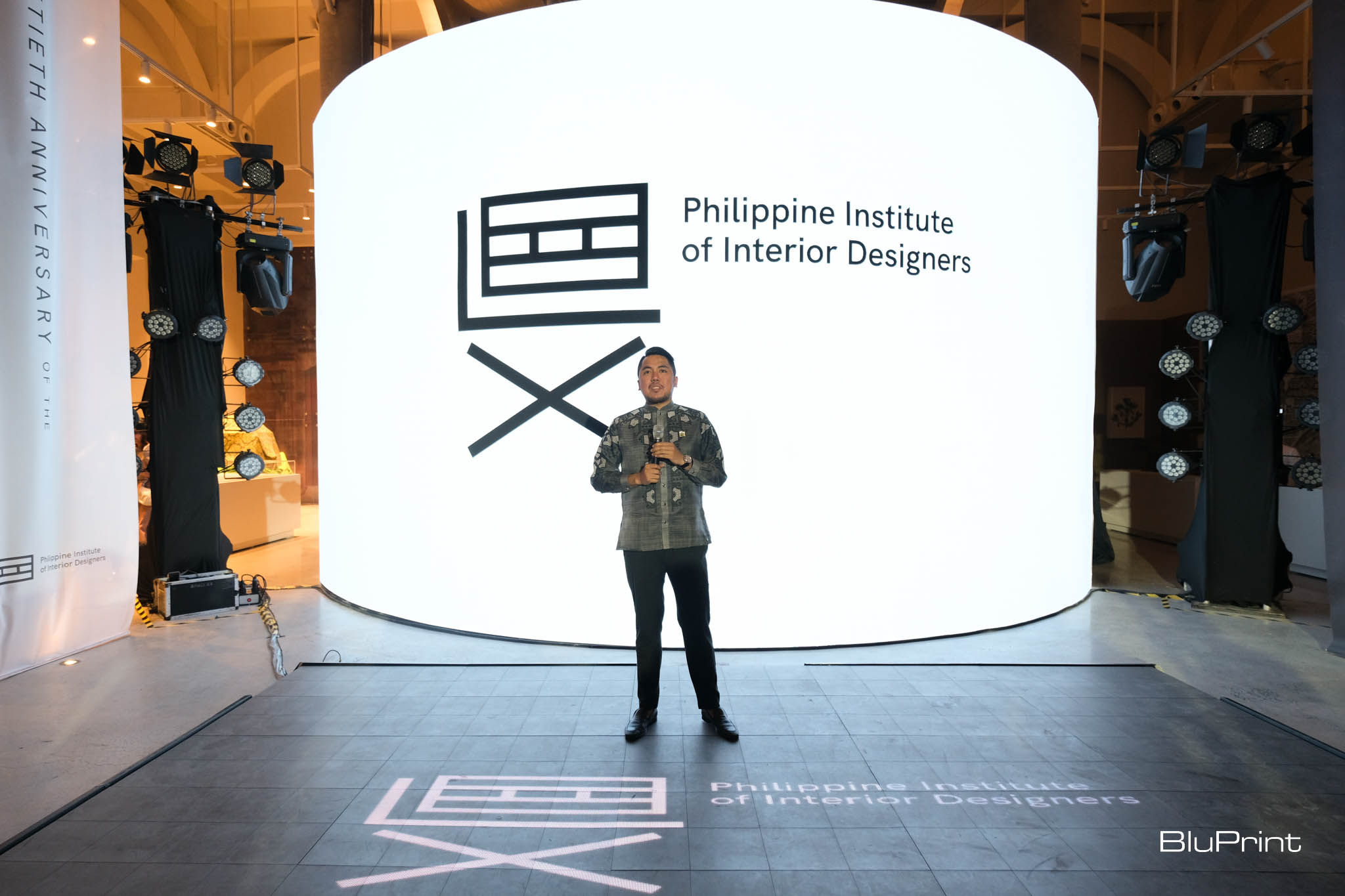
He adds that now, the organization is entering a new chapter. “We are celebrating today the past, the present, and the future of our organization.”
Achievements and Highlights
For Castro, PIID’s biggest milestone to date was having interior design as a licensed profession in the country, as mandated in the Philippine Interior Design Act of 2012 (R.A. 10350).
Cyndi Fernandez-Beltran, PIID National Vice President, agreed. “This is something that has already been worked on by our founders for the past 60 years, [and it reinforced] our role in society.”
Fernandez-Beltran added that in the past, interior design was seen as a hobby. But now, it is “something that contributes to society, very similar to how architects do or how engineers do.”

Carla Leonor, PIID Executive Director for Public Relations, also shared that the PIID founders influenced policy. They prompted the Professional Regulatory Commission to recognize the profession and developed programs with the Commission on Higher Education (CHED).
“So all of those combined was really a huge milestone. Because right now, the rest of Asia is looking at us, how we’re taking care of the industry,” Leonor shared.
PIID is now also a member of the Asia Pacific Space Designers Association (APSDA), an organization of national-level design organizations in Asia and Oceania. “These things allow us to present Filipino designers or Philippine design on a global landscape as a competitive player,” Leonor said.
Enhancing Spaces Through Design
Fernandez-Beltran shared that one of PIID’s advocacies is creating awareness of the licensure exam for interior designers. “In the past, people would always just refer to interior designer and stylist and decorator all in one profession. But it really is quite different.”
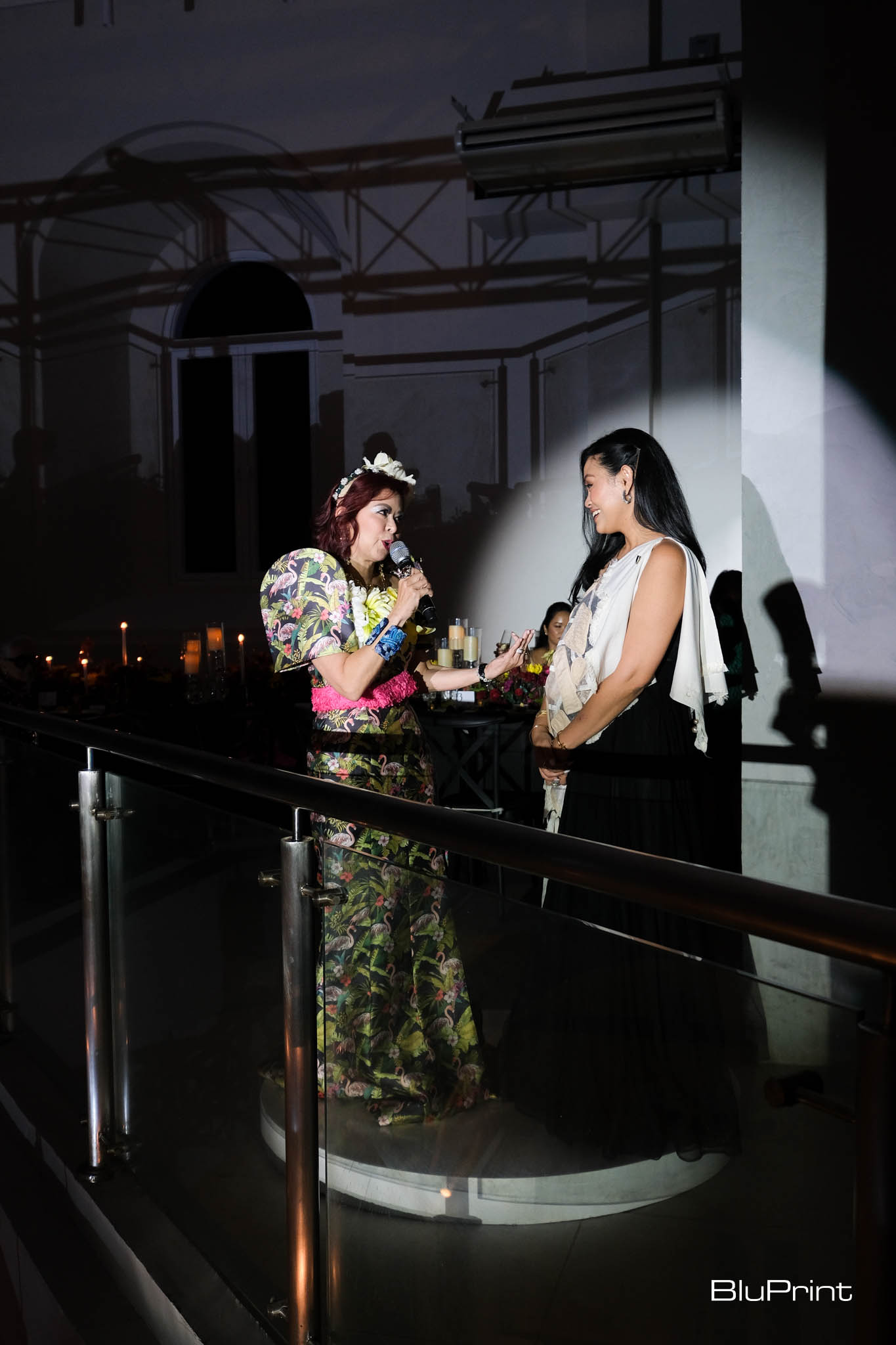
She added that PIID is collaborating with the government for various projects. “We want to make sure that our role is really not just superficial. It’s really something that will help [in] nation-building. Help protect the way people live, the way people use public spaces even,” Fernandez-Beltran emphasized.
One such project is Centro de Turismo, which PIID worked on with First Lady Liza Araneta-Marcos. “This is the very first project that the institution has partnered with the government, and we’re very happy to do so. It’s been a whirlwind,” Fernandez-Beltran, who headed the project, said.
PIID fast tracked the timeline for Centro de Turismo. From 60 days, the organization only worked on it for 30 days and launched it last June 9. It features a museum with exhibits and artifacts highlighting the history of Intramuros and a rentable events space.
“It’s really an interplay of space planning, of lighting design, of sound design, and interaction design that people don’t really get to see as often,” Leonor said of the tourist hub.
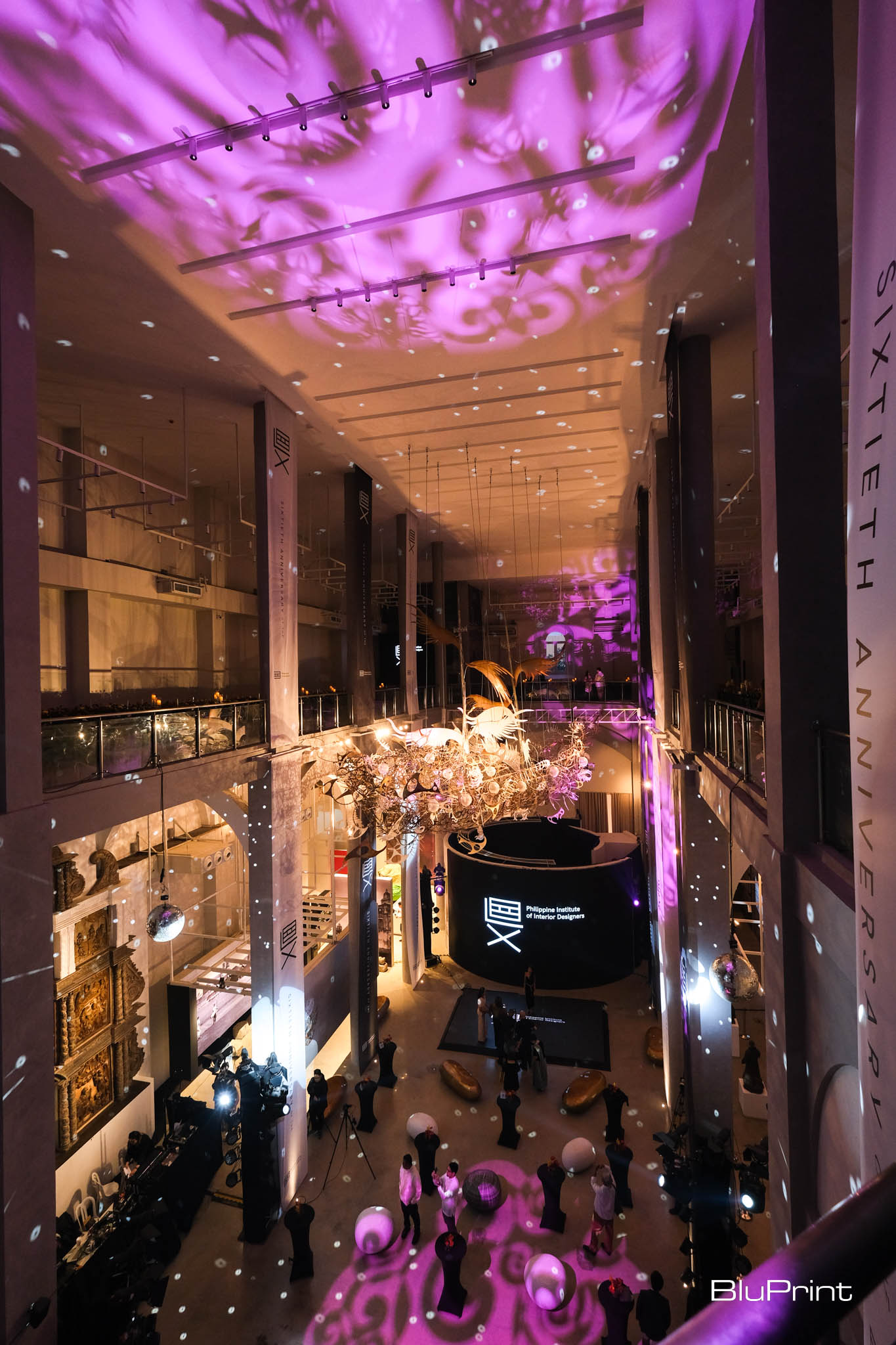
Castro shared that the Centro de Turismo project is “close to our heart. It’s good because we’re able to share our expertise [with] our country. So this project is for the love of the country. And it was a good experience for us to showcase what interior design really is.”
Interior Design in the Era of AI
With various technological advancements like artificial intelligence (AI) used in various fields nowadays, many feel that AI will replace creatives. But for Castro and Fernandez-Beltran, AI is merely a tool.
“It’s going to make the process easier for us,” Castro shared. “But if you think about it, there’s something that AI doesn’t have that people have. It’s emotion. A design without emotion is a dead design.”
Fernandez-Beltran added that AI can help in conceptualization of designs, but it doesn’t have the technical knowledge that humans have to bring concepts to life. “I think designers have to be educated well. In my opinion, what will separate designers who will thrive in the future and designers who will not thrive is their ability to use AI to their advantage.”
Fostering Engagement, More Partnerships
Strengthening PIID’s relationship with its various chapters such as Panay, Cebu, Eastern Visayas, Negros, and Mindanao is also one of the organization’s advocacies. “We want to make sure that we’re able to reach them and they have access as well to education [for professional growth],” Fernandez-Beltran said.

Leonor also shared that PIID’s future plans include more collaborations with the government institutions and organizing more events like the Manila Interior Design Summit “because it allows us to advance and also showcase what we can do.”
Recommitment to Essential Design Processes
“The interior design landscape that I want to pass on is interior design based on concepts, based on stories, based on research,” Castro said, adding that nowadays, young designers get too much inspiration from the internet. “It’s time to bring back the process of conceptualization, storytelling, research, and putting meaning in every design,” he declared.
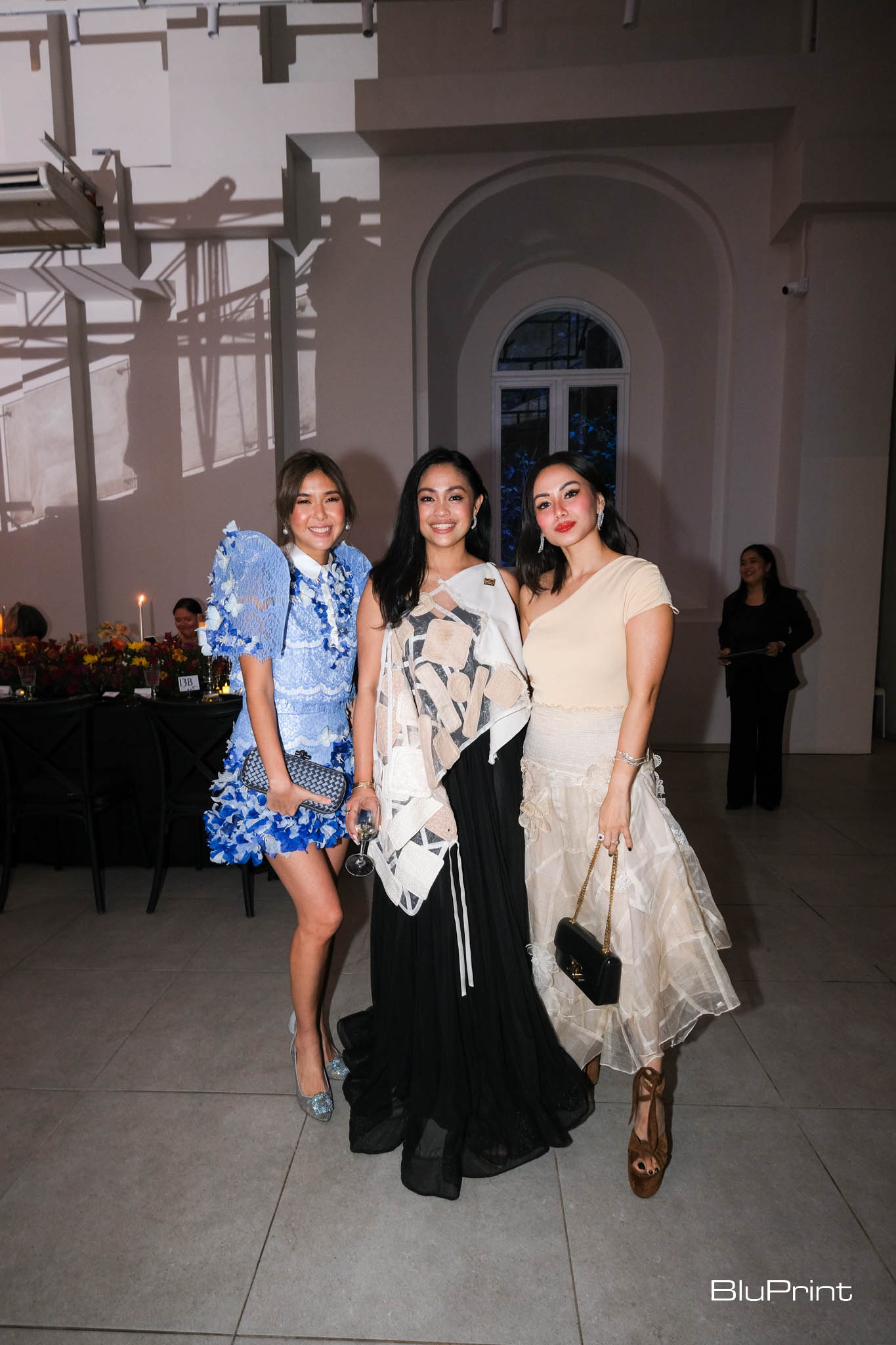
Fernandez-Beltran echoed this sentiment. She shared that she wants future designers to go beyond what they see on the screen. “I want them to be able to start going back to the roots and start again with research-based designs where inspirations are drawn from nature, from any object, from any inspiration, and events, previous photos, not necessarily just something that we can copy and paste,” she said.
